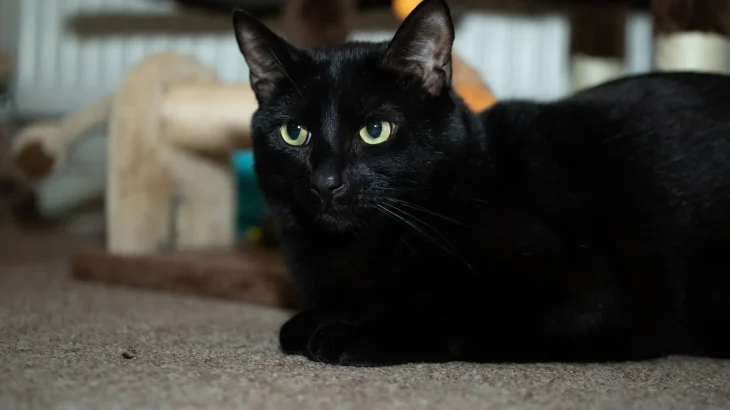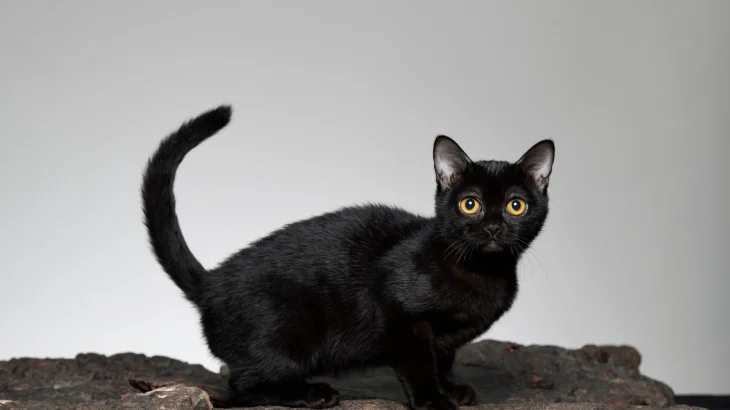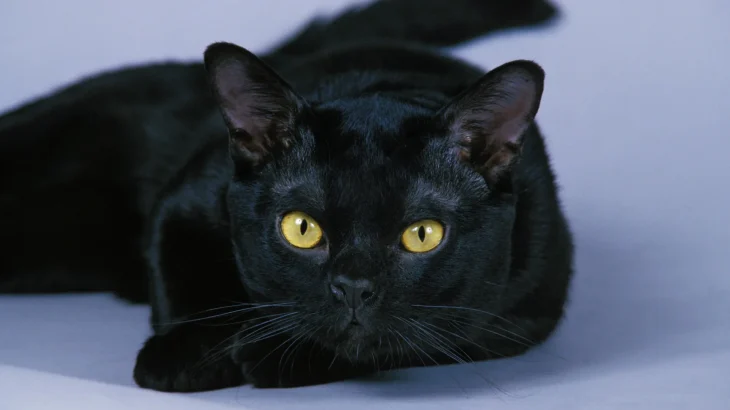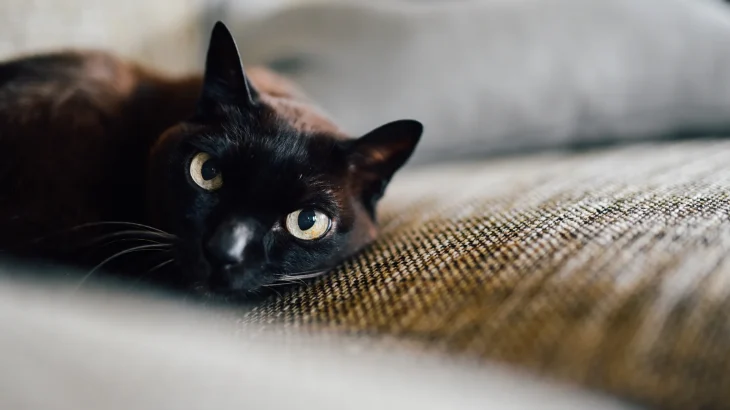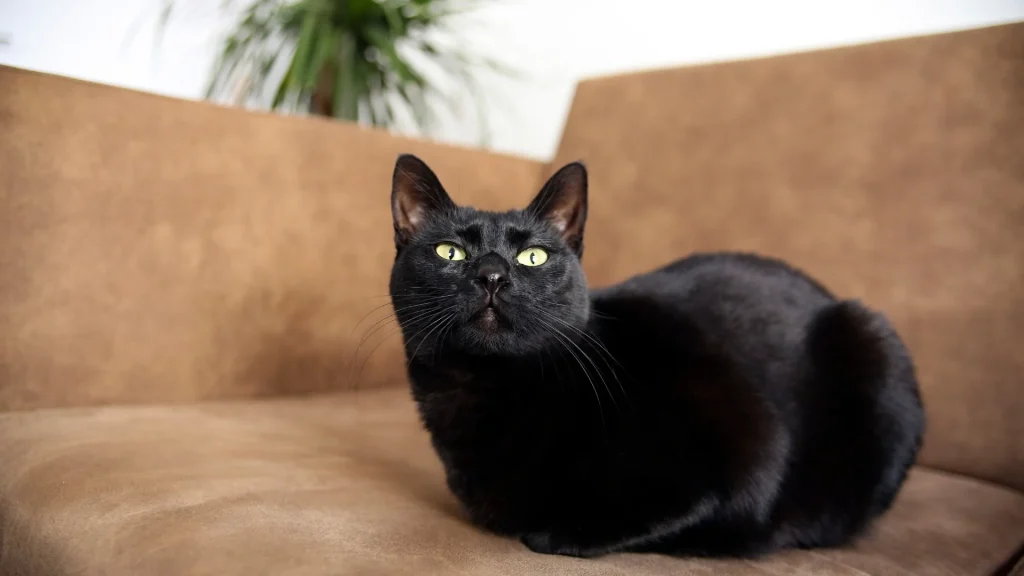When deciding whether to bring a Bombay kitten into your home, choosing between adoption and purchasing from a breeder often comes down to your priorities. Adoption usually offers a more affordable option and supports animal welfare, while purchasing from a breeder provides detailed health and pedigree information specific to the Bombay breed. Both paths have their unique benefits and considerations to keep in mind.
Adoption vs. Breeder: Pros & Cons
| Criteria | Buying from Breeder | Adopting from Shelter/Rescue |
|---|---|---|
| Cost | Higher initial cost due to breed rarity and pedigree verification. | Lower fees, often including vaccines, spaying/neutering, and microchipping. |
| Health History | Thorough health records and genetic screening typically provided. | Basic health checks done; full history and genetics may be unknown. |
| Age Availability | Usually available as young kittens, allowing early bonding and training. | Various ages available; pedigreed Bombay kittens are rare in shelters. |
| Temperament Insight | Breeders offer info on temperament based on lineage. | Shelter staff provide insights on behavior; background may be incomplete. |
| Supporting Practices | Supports responsible breeding programs; choose ethical breeders carefully. | Supports animal welfare and gives a home to cats in need. |
| Breed Purity & Pedigree | Guaranteed purity with documented pedigree. | Breed may be uncertain; pedigreed Bombay cats rarely found in rescues. |


